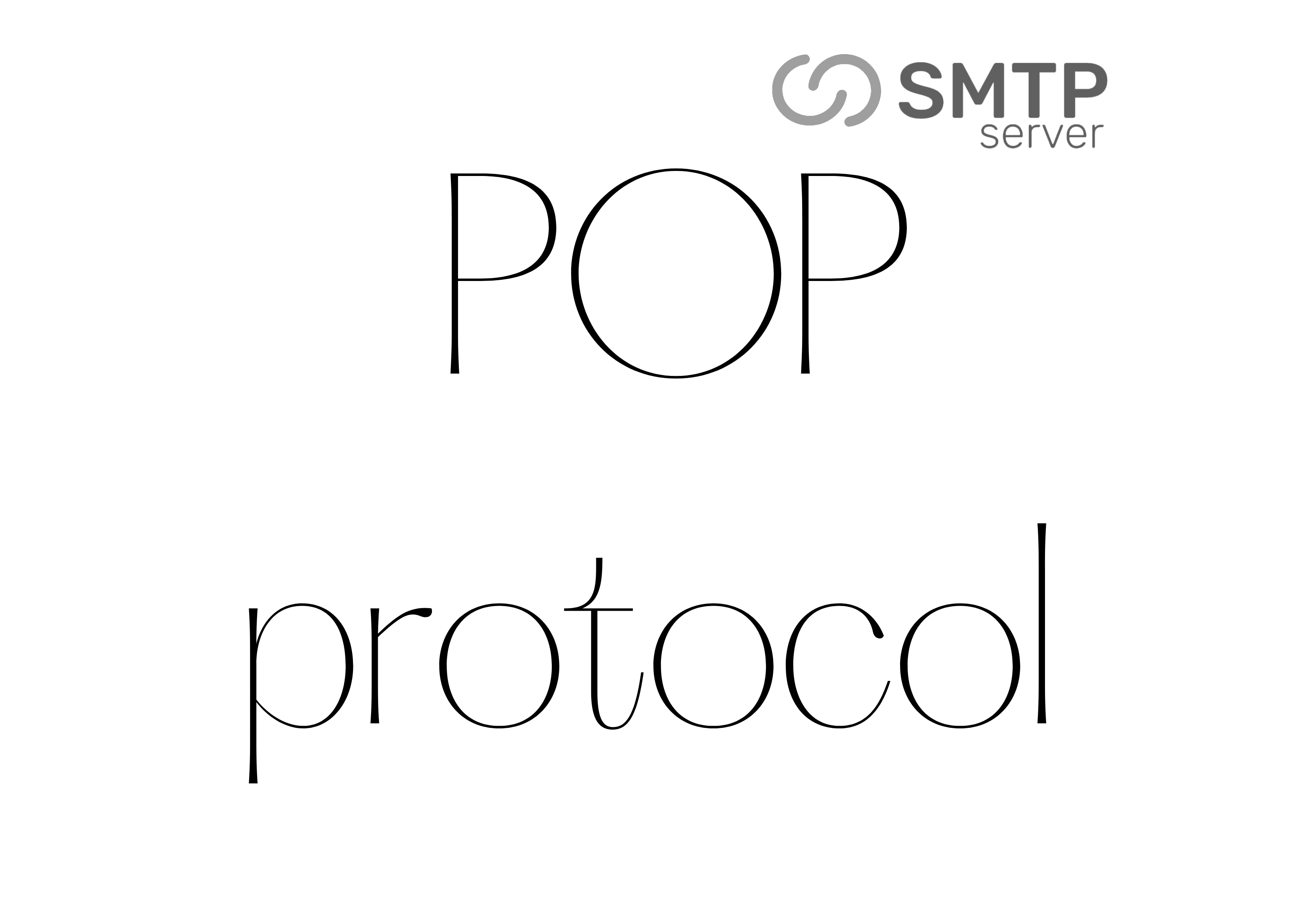5,228 total views, 5 views today
The Post Office Protocol (POP) is one of the most widely used email retrieval protocols that enables a client to download emails from a remote email server to a local email client. It is a simple and efficient way of retrieving emails from a server and can be used to manage and store emails on the user’s local device.
POP works by establishing a connection between the email client and the email server. Once the connection is established, the client sends a request for the emails stored on the server. The server then sends the emails to the client, which can be saved or deleted as desired.
One of the main advantages of using POP is that it enables users to access their emails from any device with an internet connection, allowing them to stay connected to their email accounts even when they are on the go. Additionally, POP protocol provides a simple and efficient way of managing emails as they can be stored and organized on the user’s local device.
However, there are some disadvantages to using POP. For example, POP protocol does not provide any synchronization between different devices. This means that if an email is deleted or read on one device, it will not reflect on other devices. Furthermore, POP protocol does not provide any backup options for emails stored on the user’s local device, which can result in loss of data in case of hardware failure.
In conclusion, POP protocol is a widely used email retrieval protocol that provides a simple and efficient way of retrieving emails from a remote server to a local device. While it has its advantages, it also has its limitations and may not be suitable for users who require multiple device synchronization and email backup options.
To overcome the limitations of POP protocol, another email retrieval protocol called IMAP (Internet Message Access Protocol) was developed. Unlike POP, IMAP protocol does provide synchronization between different devices and also provides a backup option for emails stored on the server.
IMAP works by keeping a copy of all emails on the server, which can be accessed and managed from any device with an internet connection. This provides users with the ability to access their emails from anywhere and keeps all their emails organized and backed up on the server.
In recent years, IMAP has become the preferred email retrieval protocol for many users due to its advanced features and increased security. It provides a much more flexible and secure way of managing and accessing emails compared to POP protocol.
While POP protocol is still widely used, IMAP protocol is becoming increasingly popular due to its advanced features and increased security. For users who require multiple device synchronization and email backup options, IMAP is the preferred choice.
It’s important to note that both POP and IMAP protocols have their own advantages and disadvantages, and the choice between the two depends on the specific needs of the user. For example, if a user requires access to their emails on multiple devices, IMAP is the better choice as it provides synchronization between different devices. On the other hand, if a user requires a simple and efficient way of managing their emails on a single device, POP may be the better choice.
It’s also worth mentioning that there are several email clients available that support both POP and IMAP protocols. For example, popular email clients like Microsoft Outlook, Apple Mail, and Mozilla Thunderbird support both protocols, allowing users to choose the protocol that best fits their needs.
In conclusion, the choice between POP and IMAP protocols depends on the specific needs of the user. Both protocols have their own advantages and disadvantages, and users should choose the protocol that best fits their needs. Additionally, email clients that support both protocols provide users with the flexibility to switch between the two protocols if their needs change.





